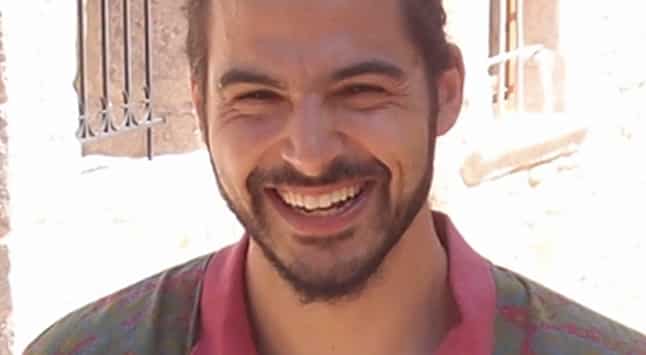Orfeas Kypris
Engineer
What initially got me started was my interest in technology, and my passion for knowing how things work. After finishing high school in Athens, Greece, I attended Cardiff University where I obtained a BEng in Electrical and Electronic Engineering. Towards the end of my Bachelor’s degree, I realised I wanted to delve deeper into electromagnetism and magnetic devices, which were my favourite subjects of study. I went on to obtain an MSc in Magnetics at Cardiff University, after which I crossed the Atlantic to pursue a Ph.D. in Electrical Engineering at Iowa State University, under the supervision of Prof. D.C. Jiles. For my doctoral studies, I conducted research on the topic of magnetic non-destructive evaluation: I designed and implemented a magnetic measurement system that can assess the reliability of helicopter gears in a non-invasive manner, i.e. without damaging them. The ability to examine aerospace parts non-destructively is crucial in preventing catastrophic failure, which may occur during flight and lead to loss of human life.
In 2015, and as soon as I defended my doctoral thesis, I joined the Department of Computer Science, University of Oxford, to work on an exciting project related to the smart monitoring of large buildings, under the supervision of Prof. Andrew Markham. Here I am designing, simulating, and physically implementing the technology around novel structural monitoring sensors, which use low-frequency magnetic fields to detect movement. The purpose is to build a sensor that can be easily fitted on a building or embedded inside concrete, and can report on the condition of the building in real-time by using a unique combination of technologies, which together overcome the technical limitations posed by traditional sensors.
Although my research is challenging, it is extremely rewarding! I am learning something new almost everyday: from the physics of magnetic fields, to the mathematics of signal processing, to the engineering of electronic circuits, to the mechanical design of the sensor prototypes, to the civil engineering aspect of what the sensors should measure. All this knowledge constantly feeds into my vision, which is to create a low-cost, ubiquitously deployable sensor that can save lives by monitoring the buildings of the future.


